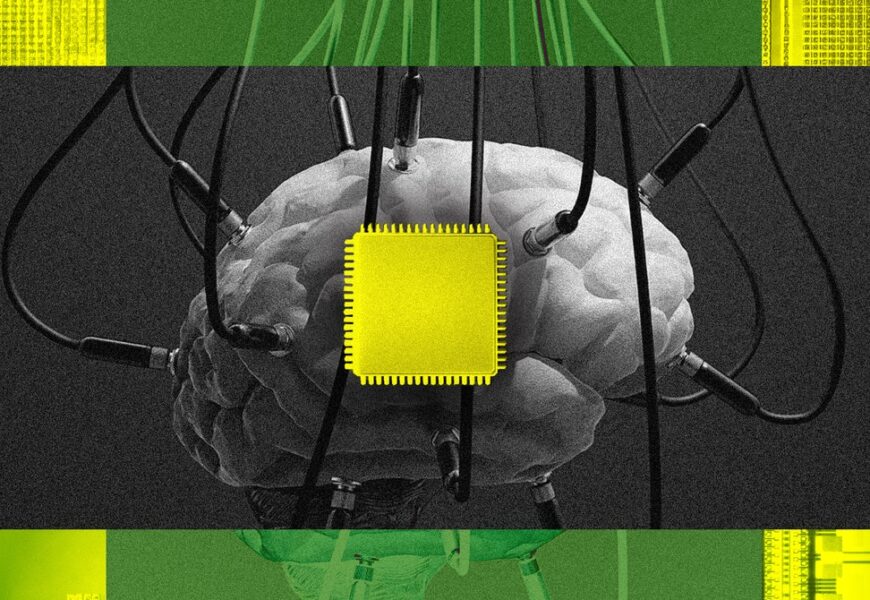Most AI experts concur that the advancement of the field hinges on the development of supercomputers on an unprecedented scale. Lightmatter, a startup showcased at a recent Sequoia event, introduced a technology named Passage, aiming to revolutionize hyperscale computing by enabling direct communication between chips using light instead of electrical signals.
Traditionally, data transmission within computers, especially for training AI algorithms, involves electrical signals or occasionally fiber-optic links for higher bandwidth. However, the conversion between optical and electrical signals poses a bottleneck to efficient communication.
Lightmatter’s innovative approach involves establishing optical links between hundreds of thousands or even millions of GPUs, essential for AI training. By eliminating the conversion bottleneck, data transfer between chips can occur at significantly accelerated speeds, potentially facilitating the development of distributed AI supercomputers on an unprecedented scale.
Passage, Lightmatter’s proprietary technology, utilizes photonic interconnects built in silicon to enable direct interaction between hardware and transistors on a silicon chip like a GPU. This advancement enhances data transfer between chips with a bandwidth up to 100 times faster than conventional methods.
Looking ahead, Lightmatter anticipates that Passage, set to be operational by 2026, will empower over a million GPUs to operate concurrently during AI training sessions, a significant leap from current capabilities.
The industry’s interest in enhancing AI supercomputers is evident with figures like Sam Altman, CEO of OpenAI, exploring avenues to expand data center capacities for AI advancement. Reports suggest ambitious plans for multi-trillion-dollar funding to scale up chip production for AI applications, emphasizing the need for energy-efficient chip interconnects like those proposed by Lightmatter.
Collaborations with major semiconductor companies and hyperscalers indicate the industry’s recognition of the potential impact of Lightmatter’s technology. By reimagining the infrastructure of large-scale AI projects, companies like Lightmatter aim to alleviate critical bottlenecks in algorithm development, paving the way for more sophisticated AI models and advancements towards artificial general intelligence (AGI).
Lightmatter’s vision of simplifying the complex network within AI data centers through direct high-speed connections between chips presents a promising solution to streamline communication and computation processes. By enabling efficient communication pathways between GPUs, Lightmatter’s Passage technology holds the promise of accelerating AI innovation and supporting the evolution of next-generation algorithms.
In a landscape where hardware innovation plays a pivotal role in AI progress, initiatives like Lightmatter’s Passage and Nvidia’s Blackwell GPUs underscore the industry’s commitment to optimizing key components for enhanced AI supercomputing capabilities.










